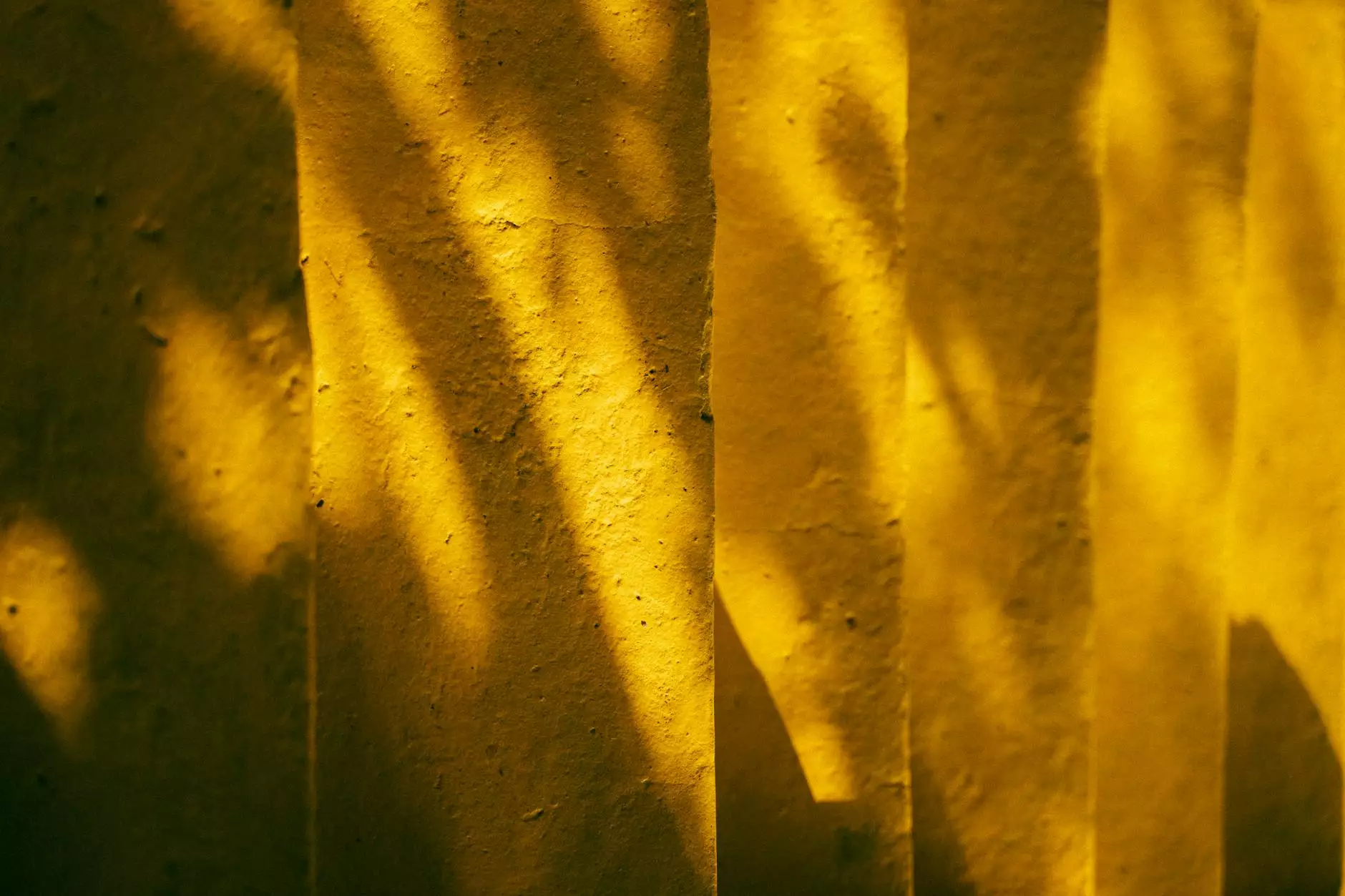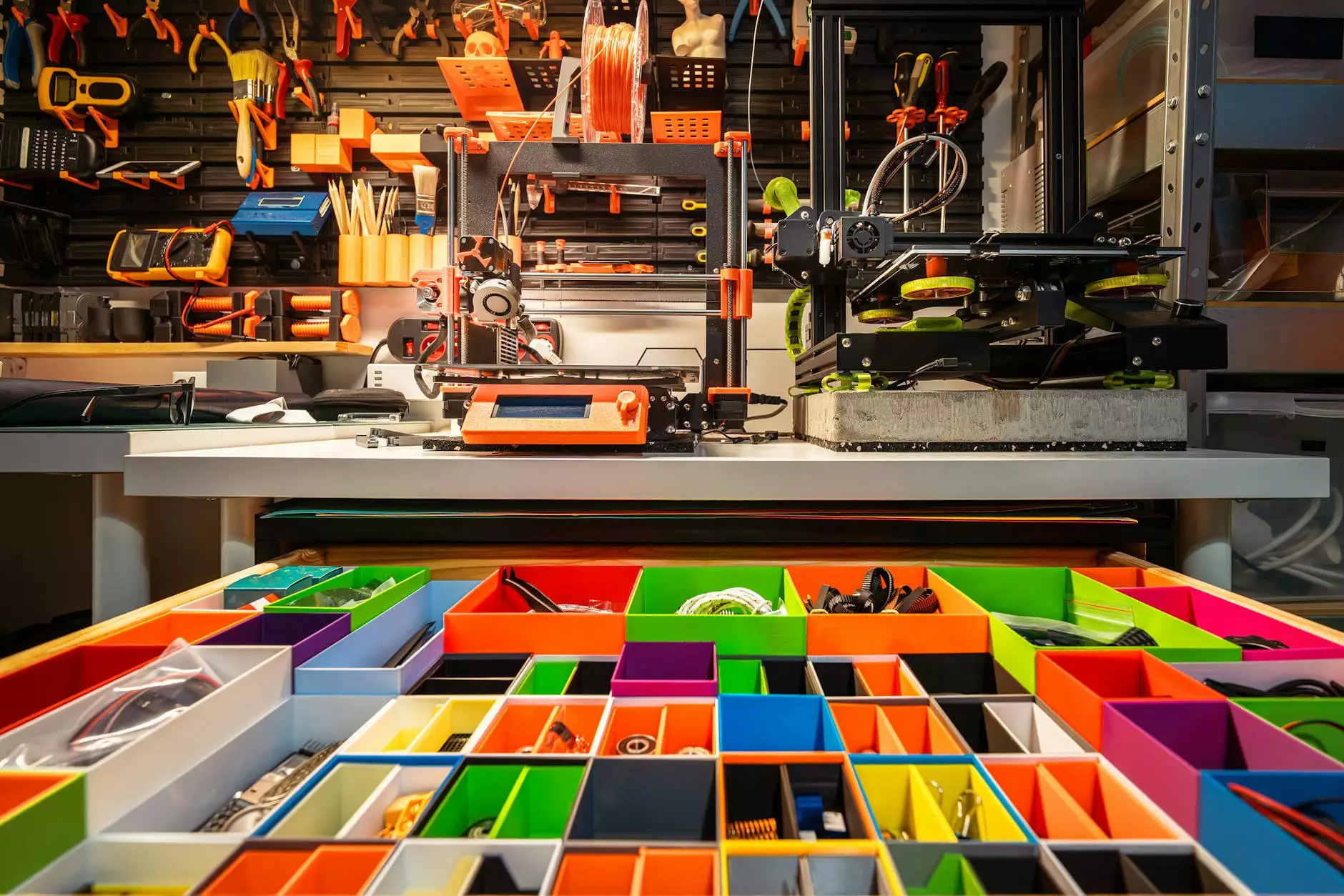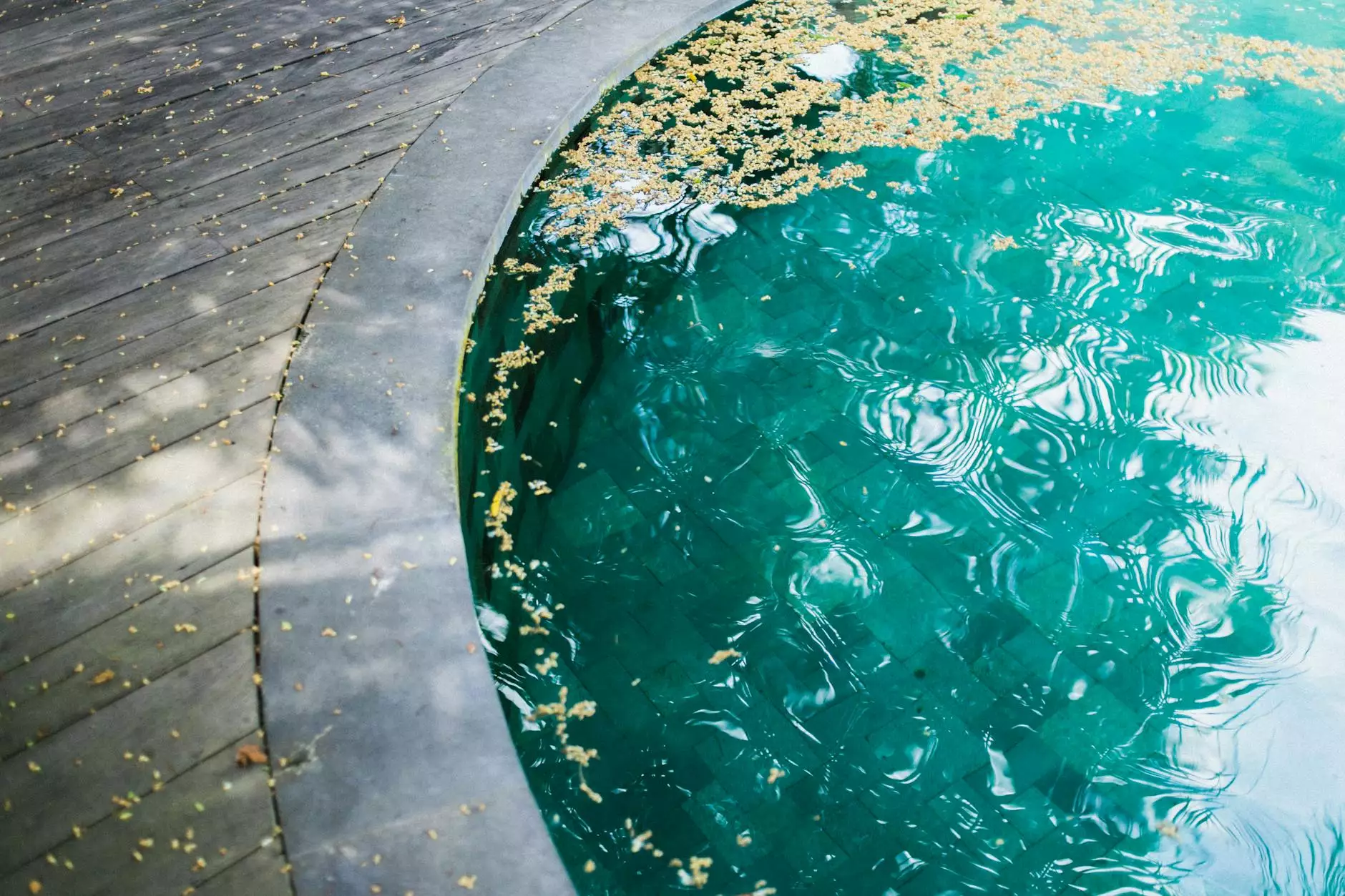Understanding Slippery Concrete: Solutions for Safety and Aesthetics

Concrete surfaces are a popular choice for both residential and commercial properties due to their durability and versatility. However, one common issue that many property owners face is the slippery concrete problem. This article aims to explore the causes of slippery concrete, its implications, and effective solutions to manage this issue, ensuring safety without compromising aesthetics.
The Problem with Slippery Concrete
Concrete surfaces, especially when wet or polished, can become exceedingly slick. This condition can lead to accidents, injuries, and legal liabilities for business owners. Understanding the contributing factors to slippery concrete is essential for prevention and mitigation.
1. Causes of Slippery Concrete
- Moisture: Water accumulation is a primary factor. Rain, snow, or spills can create a film of water over concrete, making it very slippery.
- Surface Finish: Polished or smooth concrete surfaces are more prone to slipperiness because they have less texture to provide traction.
- Contaminants: Oils, dust, and debris can create slippery conditions. For example, spilled substances in a warehouse or dining area can lead to dangerous scenarios.
- Wear and Tear: Over time, concrete surfaces can lose their texture due to traffic, weathering, and wear, making them more slippery.
2. Why Slippery Concrete is a Concern
The risks associated with slippery concrete extend beyond the potential for falls and injuries. Business owners must consider the following:
- Liability: Injuries resulting from slips and falls can lead to costly lawsuits and insurance claims.
- Reputation: A business known for unsafe conditions can suffer from poor reviews, affecting customer trust and revenue.
- Compliance: Many regions have legal regulations regarding workplace safety that require business owners to maintain safe premises.
Evaluating Your Concrete Surfaces
To effectively address the slippery concrete problem, it's crucial to perform a thorough evaluation of your concrete surfaces. Here's how you can assess their condition:
1. Visual Inspection
Walk around your property and inspect the concrete surfaces for:
- Gloss or shine that indicates a polished surface.
- Accumulated dirt or stains.
- Areas with visible water accumulation or puddles.
2. Test for Traction
Perform a simple traction test by walking on various concrete areas. If you feel uncomfortable or unstable, that area likely needs attention.
Effective Solutions for Slippery Concrete
Once you've identified areas of concern, several methods can be implemented to improve traction on slippery concrete.
1. Surface Treatments
Applying treatments can significantly enhance traction:
- Anti-Slip Coatings: These coatings create a textured layer over the concrete surface, providing better grip.
- Sealants: Certain sealants can be applied to enhance durability and traction without changing the aesthetic.
- Texturizing Agents: These can be added to the concrete mix during installation to prevent smooth finishes.
2. Regular Maintenance
Keeping concrete clean is critical. Here are maintenance tips:
- Routine Cleaning: Regularly sweep and clean surfaces to remove debris and contaminants.
- Seal Concrete: Re-seal your concrete surfaces every few years to maintain their integrity and traction.
- Address Spills Immediately: Clean up any spills promptly to reduce the risk of slips.
3. Installation of Non-Slip Surfaces
If you are constructing new concrete surfaces or planning a renovation, consider using non-slip surfaces. These options include:
- Textured Concrete: Choose a finish that incorporates texture, improving traction even when wet.
- Stamped Concrete: Options like stamped patterns can add texture and beauty while minimizing slip risks.
Implementing Safety Measures
In addition to addressing the concrete surfaces, consider implementing safety measures to further reduce the risks associated with slippery concrete.
1. Signage
Proper signage can alert visitors and employees to potential hazards:
- Wet Floor Signs: Use these when cleaning or during rainy seasons.
- Warning Signs: Place signs in particularly slippery areas, especially in high traffic locations.
2. Footwear Policies
Encouraging appropriate footwear is another practical aspect of safety:
- Sensible Footwear: Encourage employees to wear shoes with good traction to prevent slips.
- Monitor Footwear: Consider requiring specific footwear in high-risk areas, like warehouses or kitchens.
3. Training and Awareness
Regular training sessions can inform employees about the dangers associated with slippery concrete and the steps they can take to prevent accidents.
- Safety Protocols: Train staff on how to deal with spills and maintain safe walking areas.
- Emergency Response: Ensure everyone knows how to report incidents and what to do in case of a fall.
The Importance of Professional Help
While the suggestions above can be helpful, sometimes professional help is necessary to ensure your concrete surfaces are safe. Professional cleaning and treatment services can:
- Assess the Condition: Experts can perform a thorough assessment and suggest specific actions based on your concrete's condition.
- Apply Treatments: Professional-grade anti-slip treatments can provide better results than DIY options.
- Maintain Standards: Regular professional maintenance helps keep surfaces safe over time.
Conclusion
Maintaining safe and aesthetically pleasing concrete surfaces is vital for any business. Understanding the causes of slippery concrete and implementing effective solutions can reduce the risk of accidents while enhancing the visual appeal of your property. Regular maintenance, proper treatment, and adherence to safety protocols will not only protect your clients and employees but also safeguard your business's reputation and bottom line.
Contact Us
If you're ready to tackle the challenges of slippery concrete, consider partnering with ND Clean for expert assistance in maintaining your surfaces and ensuring a safe environment. Reach out today to discover how we can enhance your property’s safety and aesthetics.









